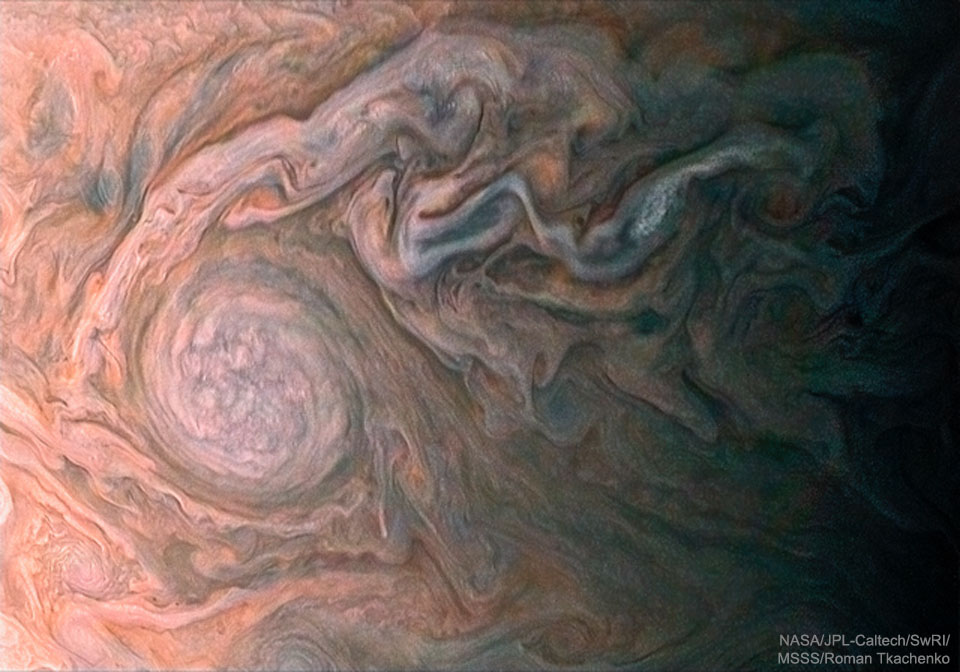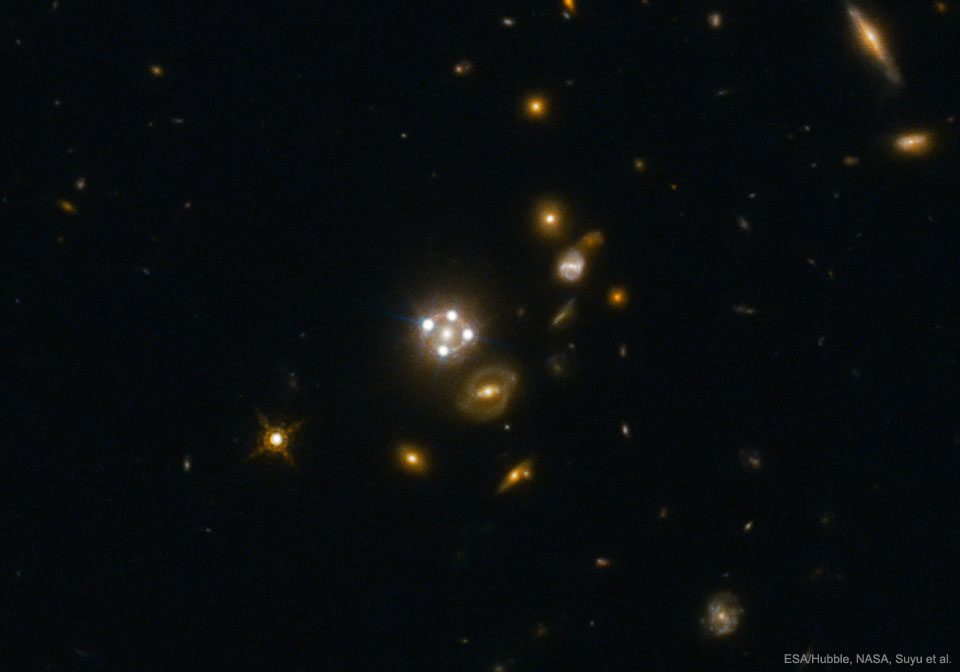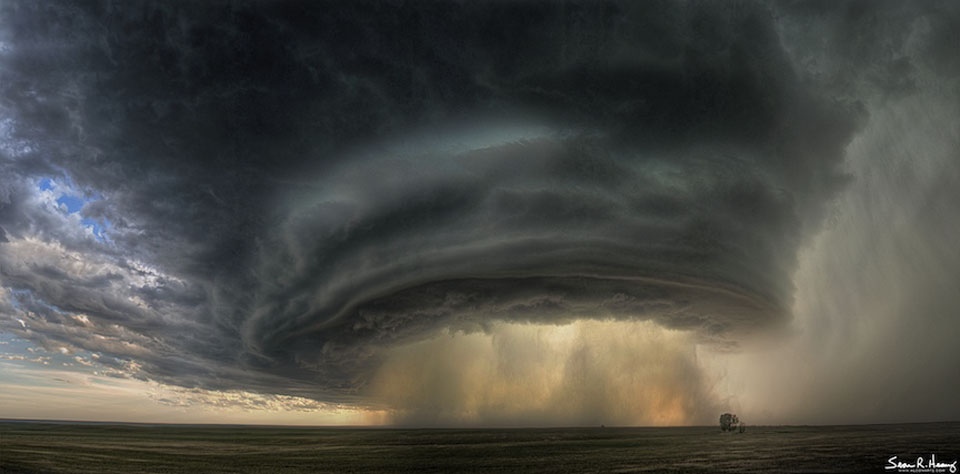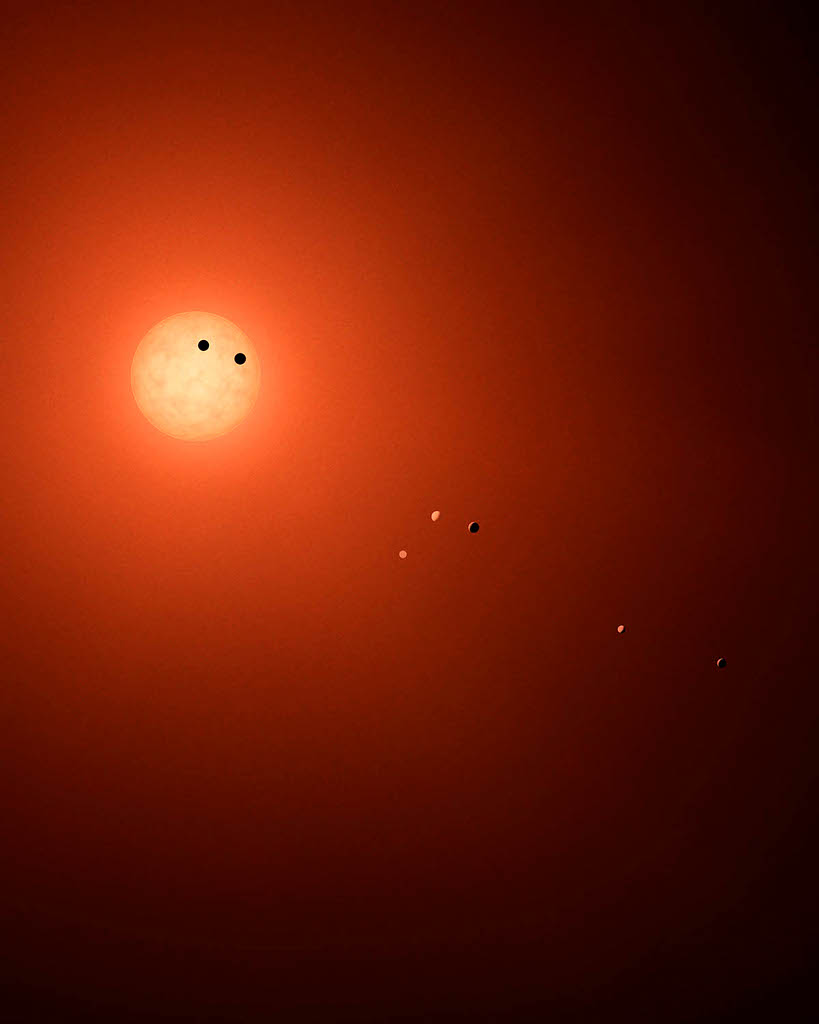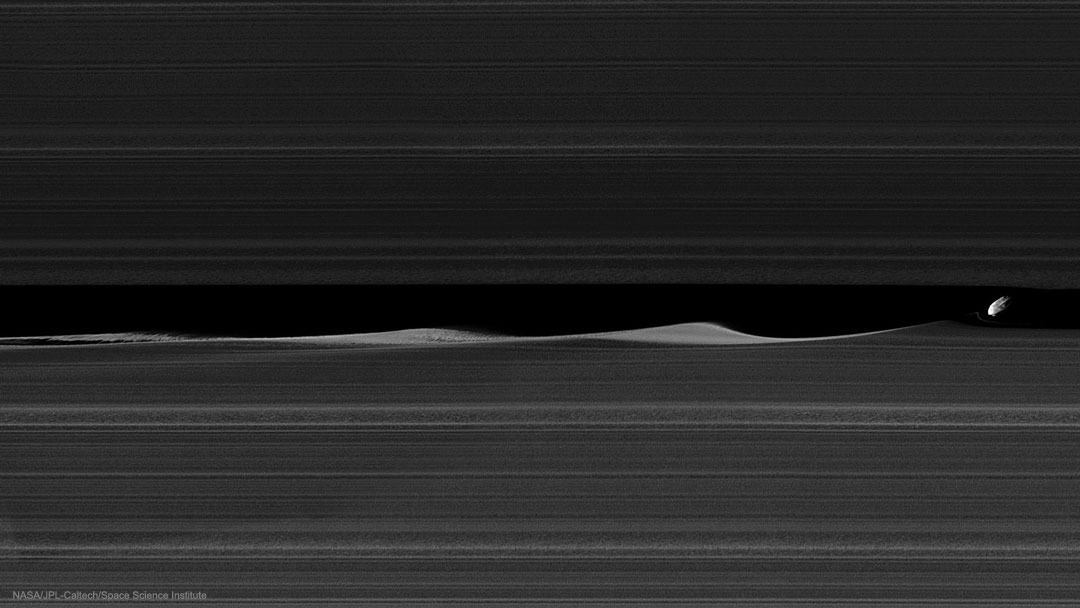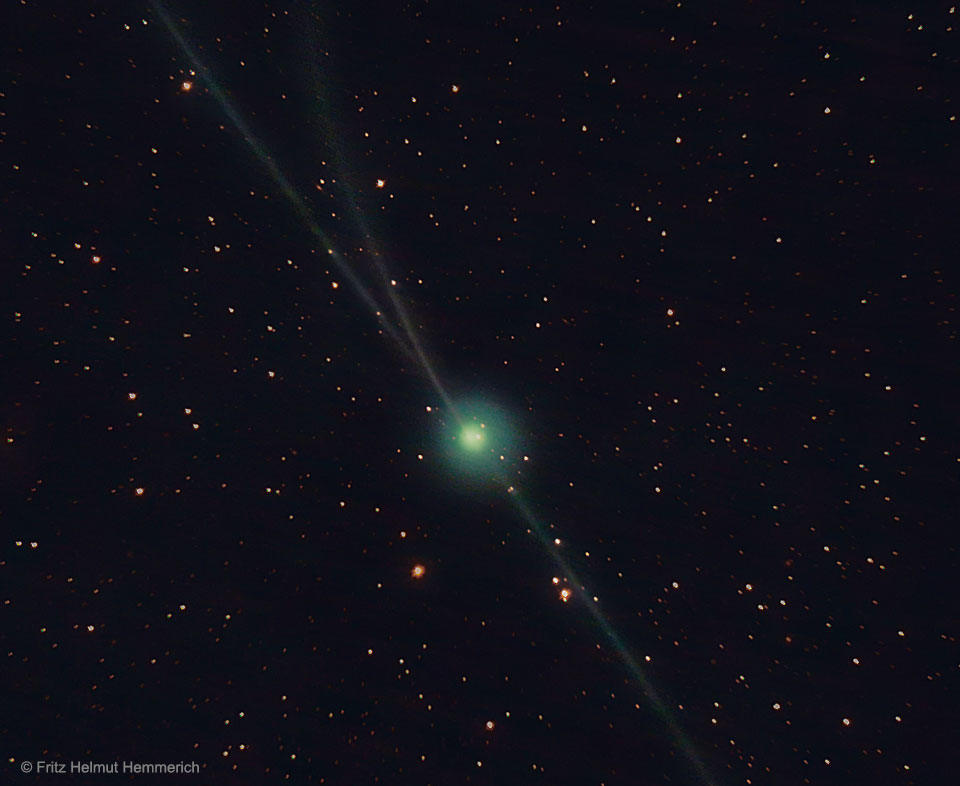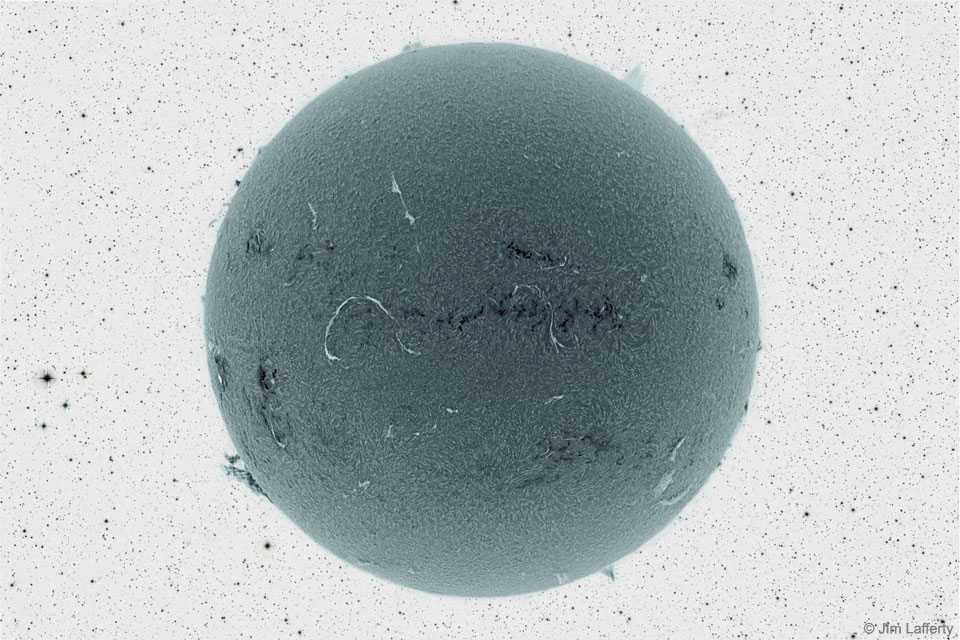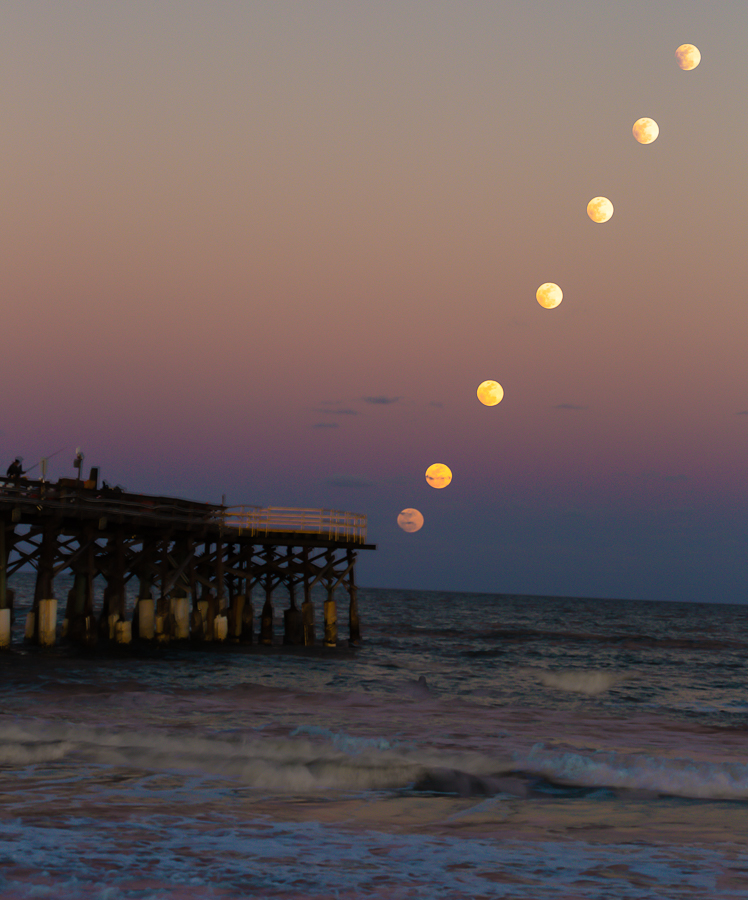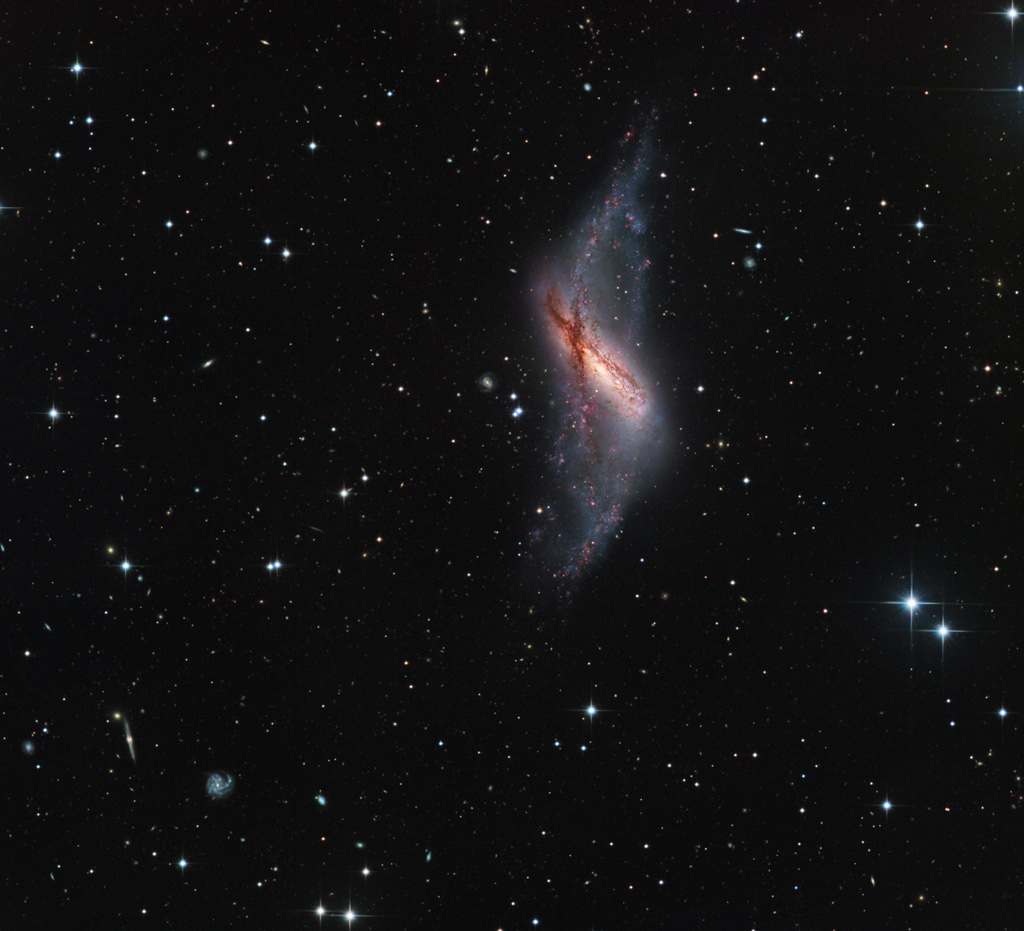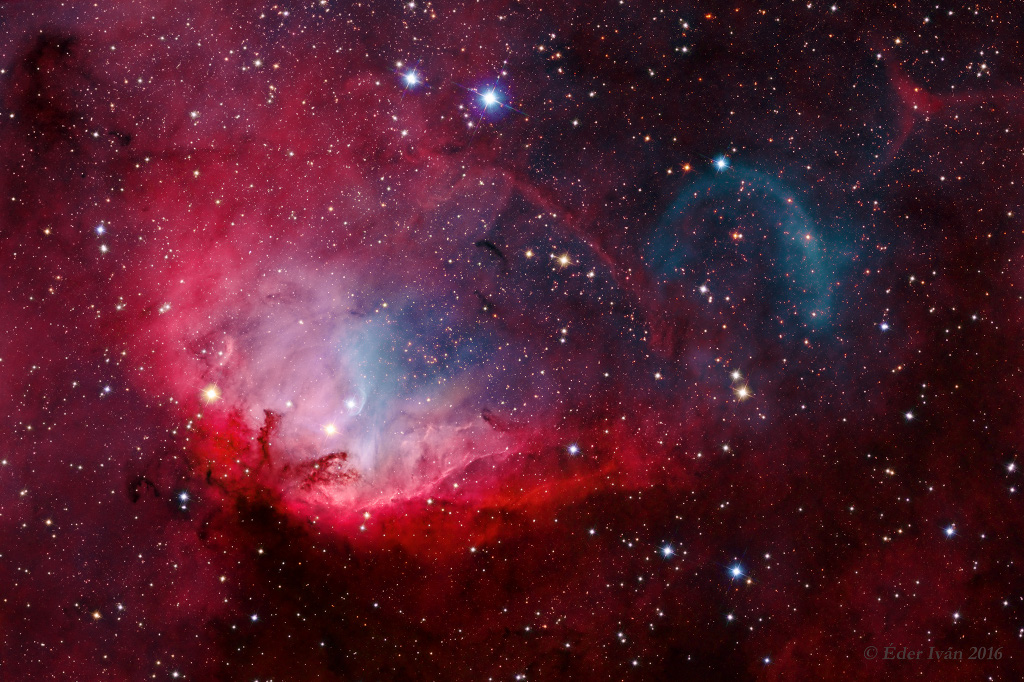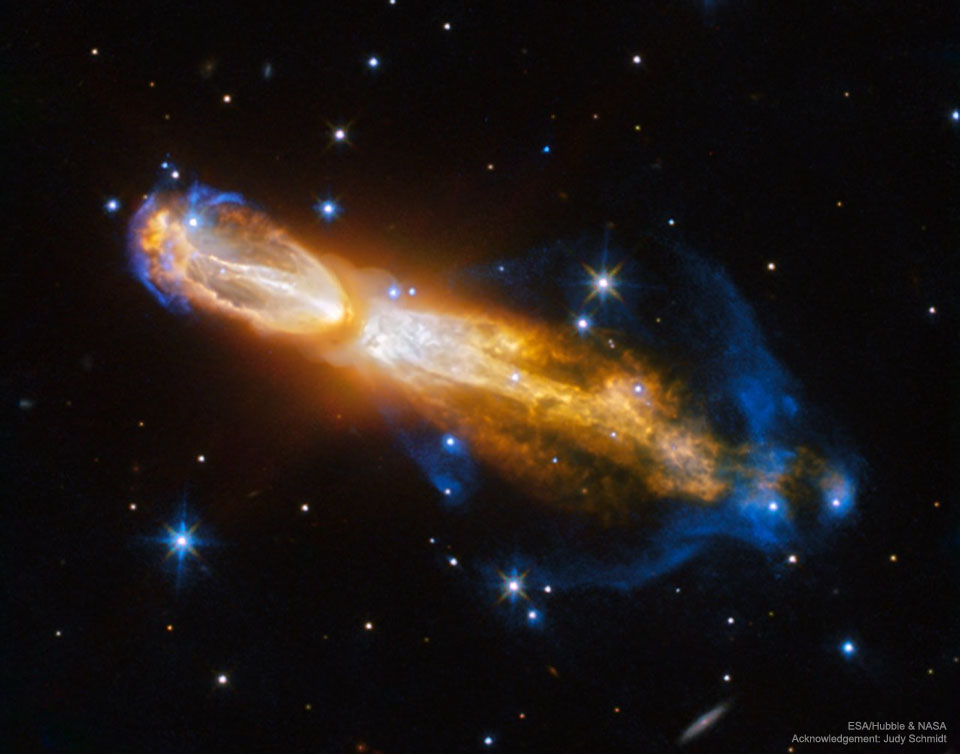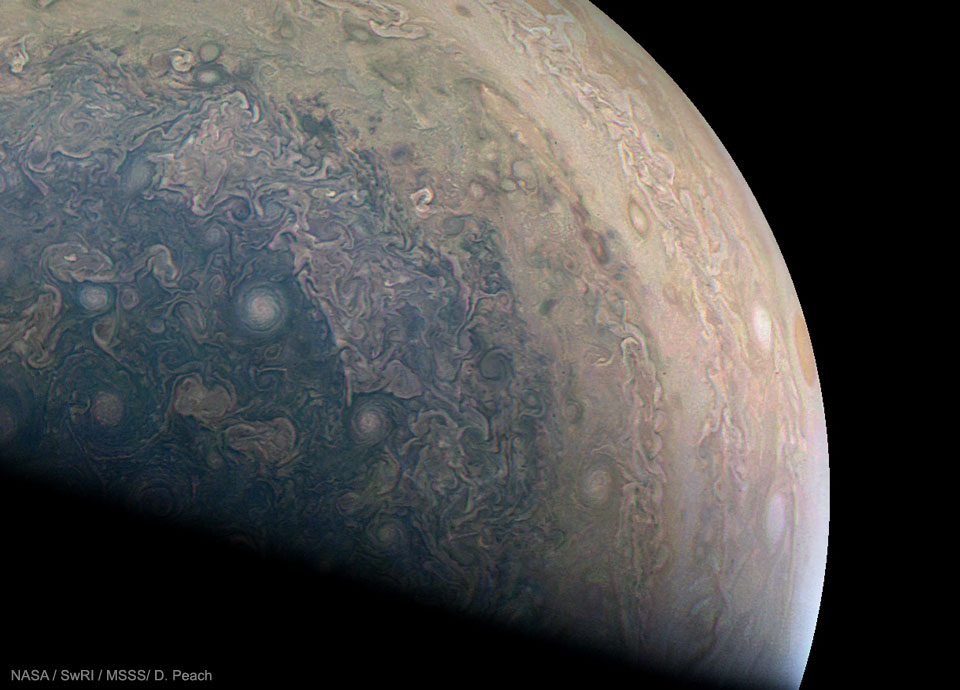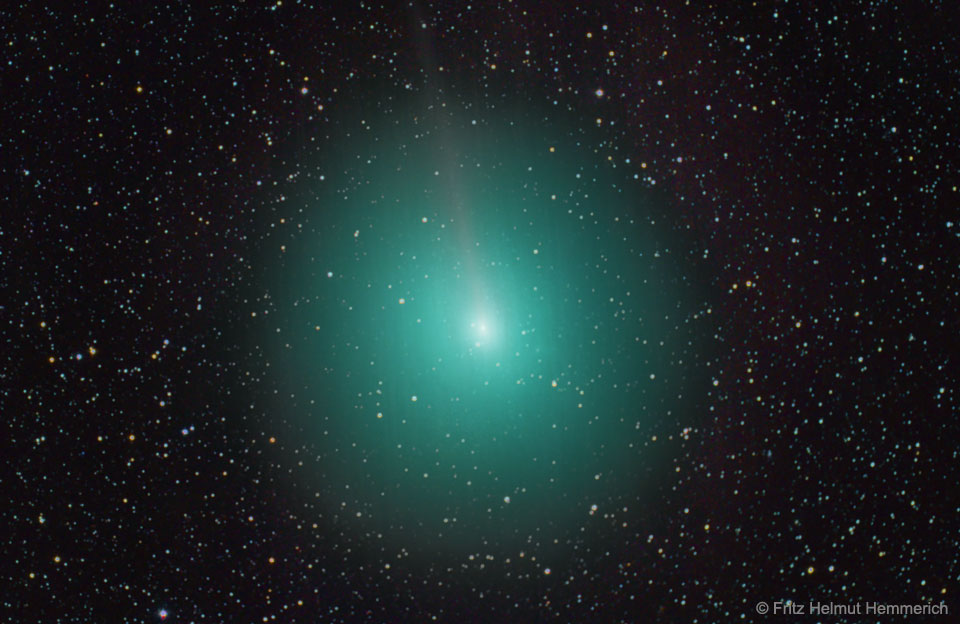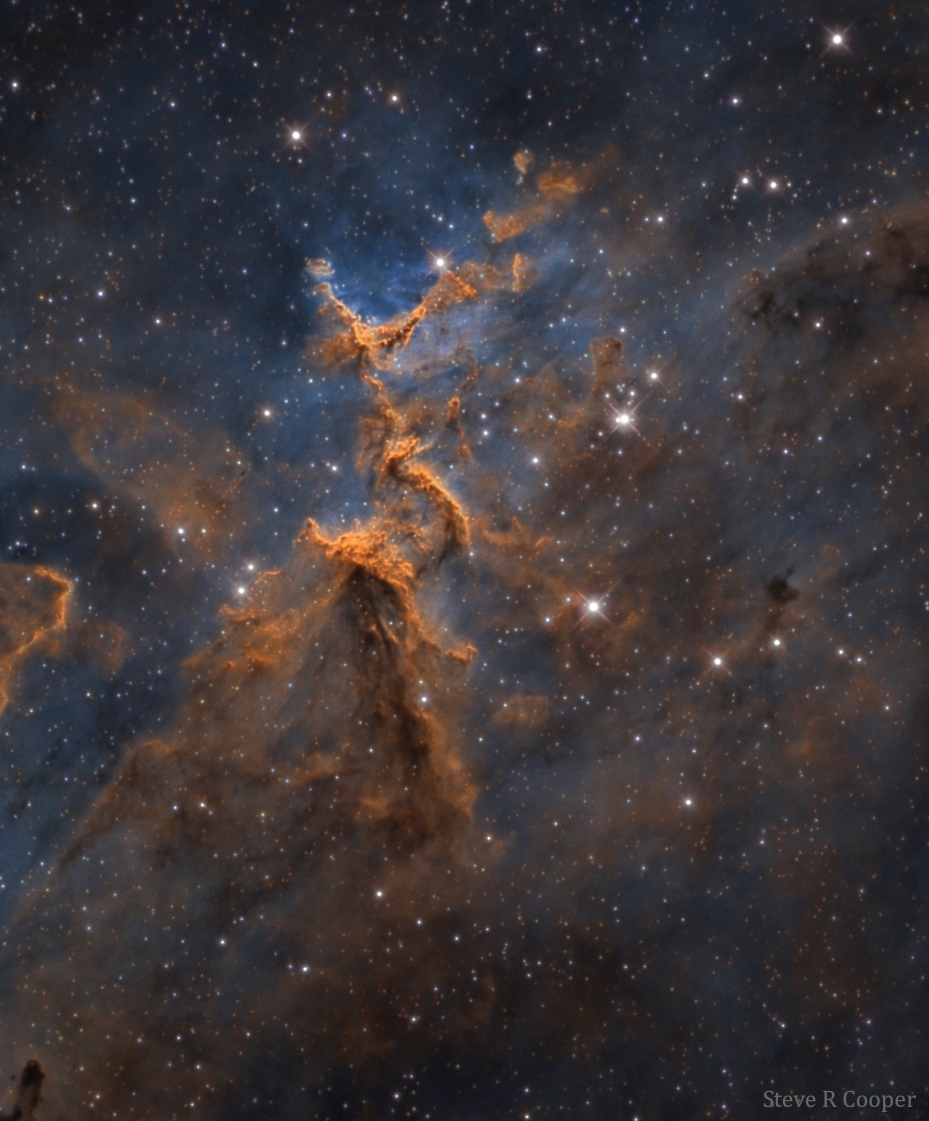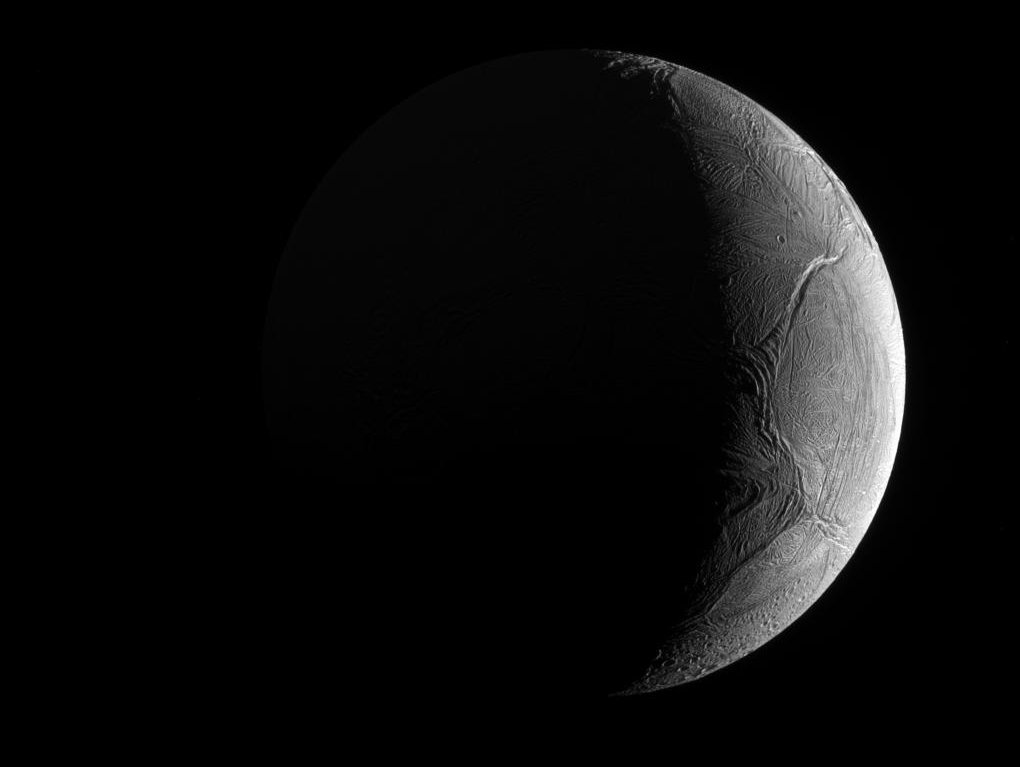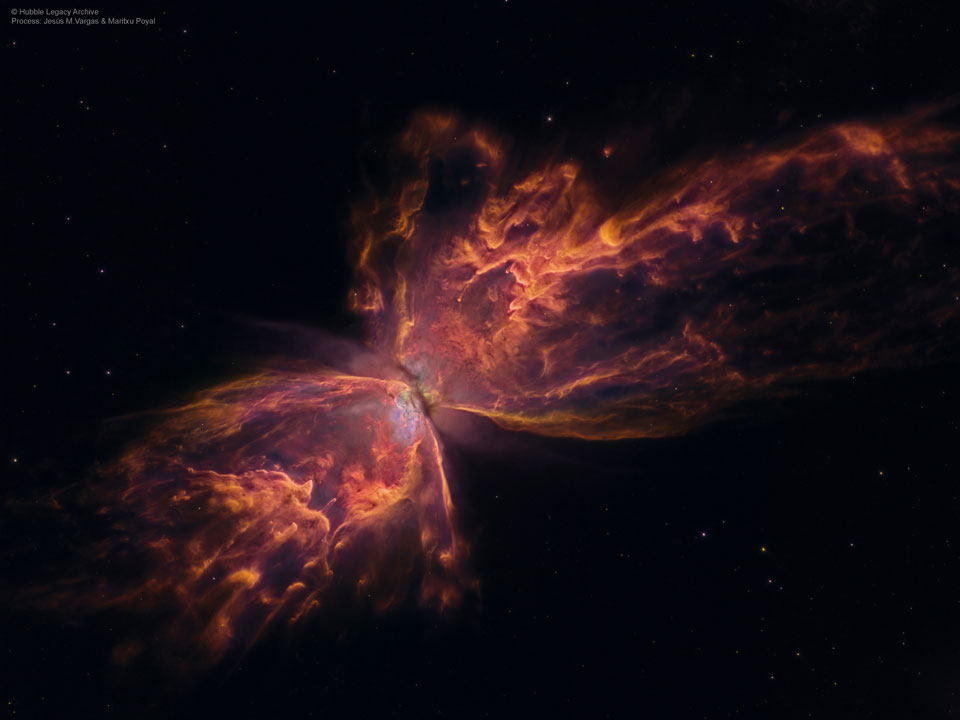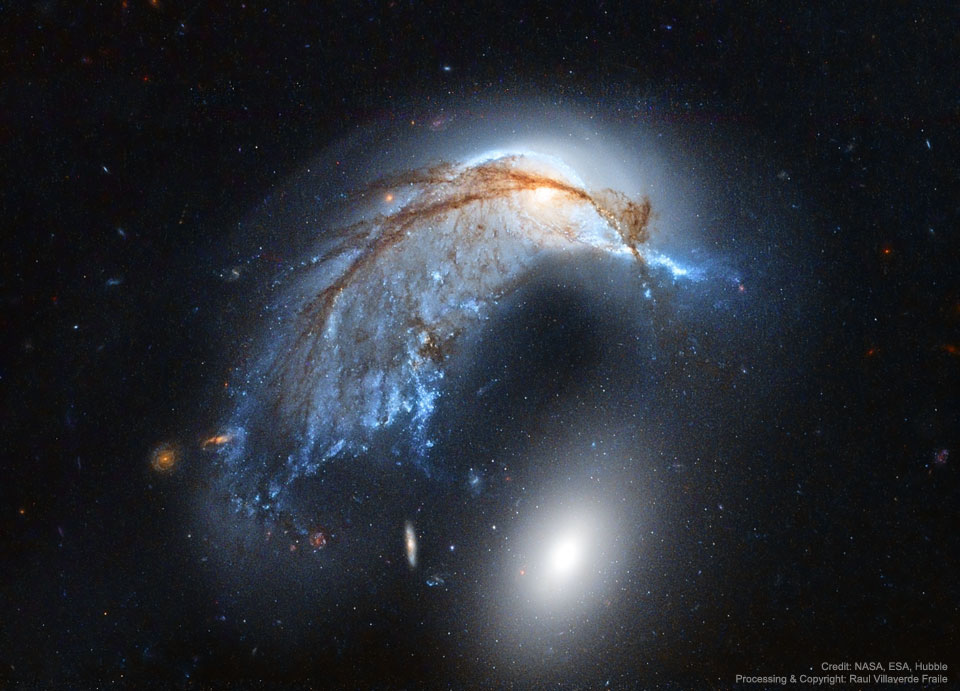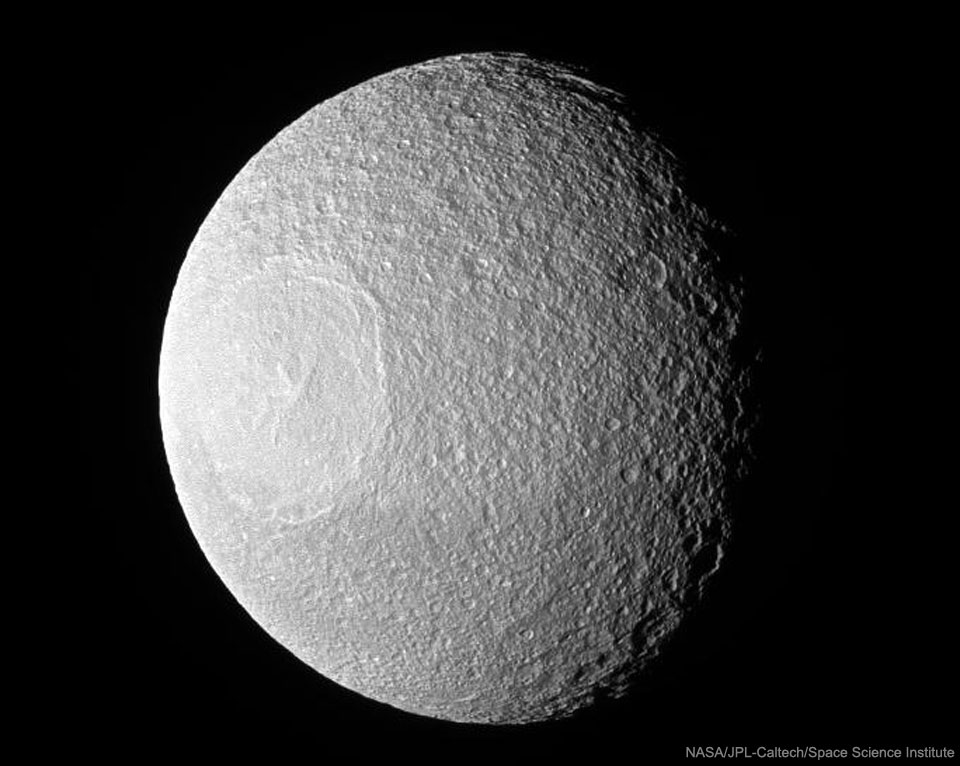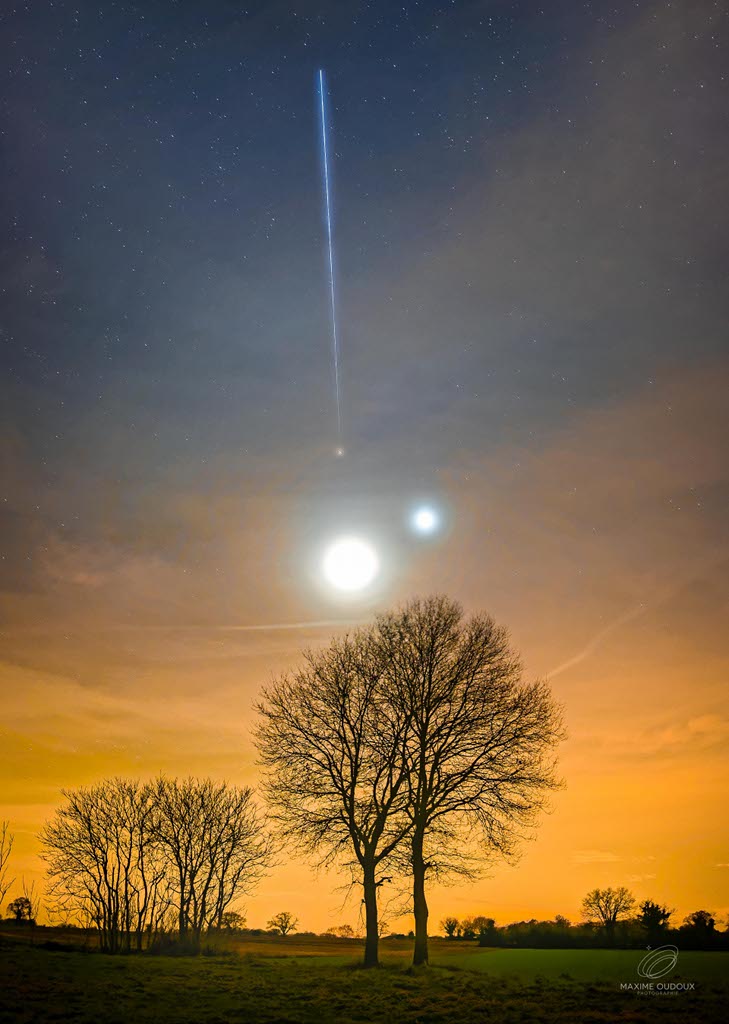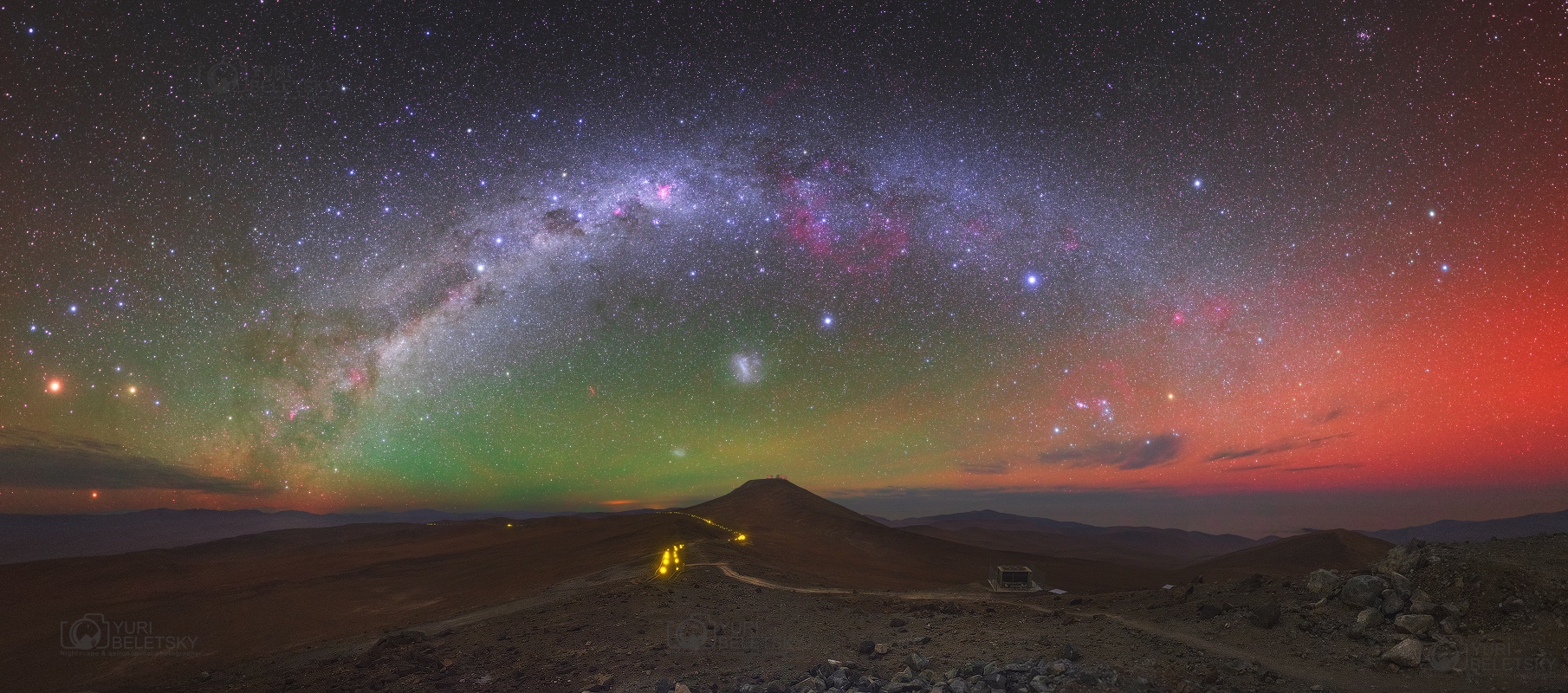Até gostava que o sol girasse em torno do meu mundo para contrariar
definitivamente, se necessário, alguns crentes do passado.
E, já agora, gostaria, a fim de satisfazer a minha curiosidade
intelectual, que a Terra pudesse observar o lado escondido da Lua.
Gostaria, também, que seres inteligentes doutra galáxia pusessem ordem
no nosso Universo; ele que parece ondular ao sabor de ideias de alguns (poucos)
indígenas privilegiados que teimam em considerar eternos todos seus valores
materiais...
Penso, ainda, que a felicidade poderia estar num cantinho de prazeres
fisiológicos; talvez; mas, quanto a mim, ela resume-se essencialmente, à contemplação
das estrelas no céu infinito…
(A felicidade, é também, quanto a
mim, ajudar todos os que sofrem e necessitam de ajuda. Tema para desenvolver
noutra publicação.)
Mas hoje tenho o privilégio de, à janela da minha casa, observar estrelas,
no céu infinito, associando cada uma delas a seres amados e desaparecidos.
18-02-2017
JoanMira
JoanMira


